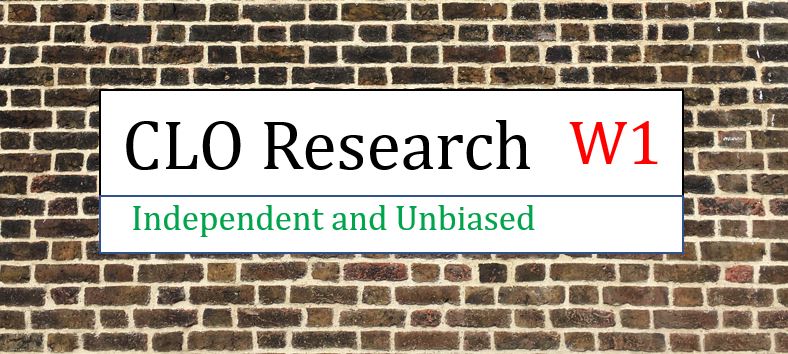Assessing Tail Risk: Price Buckets Below 80/70/60
Tracking price buckets at 80/70/60 or below for CLO underlying collateral can be useful in assessing tail risk in the asset pool.
Tracking price buckets at 80/70/60 or below for CLO underlying collateral can be useful in assessing tail risk in the asset pool.
Tracking price buckets at 80/70/60 or below for CLO underlying collateral can be useful in assessing tail risk in the...
Tracking price buckets at 80/70/60 or below for CLO underlying collateral can be useful in assessing tail risk in the asset pool. Among these price buckets, those at 60 or below can be particularly valuable in identifying assets that are truly distressed. However, it’s still important to consider the impact of trading activity on these buckets, as CLO managers may have traded out of distressed assets to crystallize portfolio losses. Therefore, it’s important to evaluate a manager’s performance as a whole. The following tables show the price buckets at 80/70/60 or below for US and EU CLOs by vintage, based on asset prices as of 2 June 2023.
Examining the exposure below the €80, €70 and €60 price buckets provides valuable insights into the tail risk of the collateral pool. However, it is important to note that these figures may be influenced by trading activities, which can distort the results. For instance, CLO managers may have realized credit losses and lost par due to trading underperforming assets. Therefore, data on the change in portfolio par since inception has been included to provide additional context.
The table below displays the average exposure of US CLO managers to price buckets below $80, $70 and $60, based...
Tracking price buckets at 80/70/60 or below for CLO underlying collateral can be useful in assessing tail risk in the...
